There is more to starting a business than just registering it with the state. We have put together this simple guide to starting your used tire business.
These steps will ensure that your new business is well planned out, registered properly and legally compliant.
Exploring your options? Check out other small business ideas.
A clear plan is essential for success as an entrepreneur. It will help you map out the specifics of your business and discover some unknowns. A few important topics to consider are:
Luckily we have done a lot of this research for you.
The startup costs for a used tire business go to three primary areas. Business owners need:
A good location will have a storage space for inventory, a small retail area and a garage for working on cars.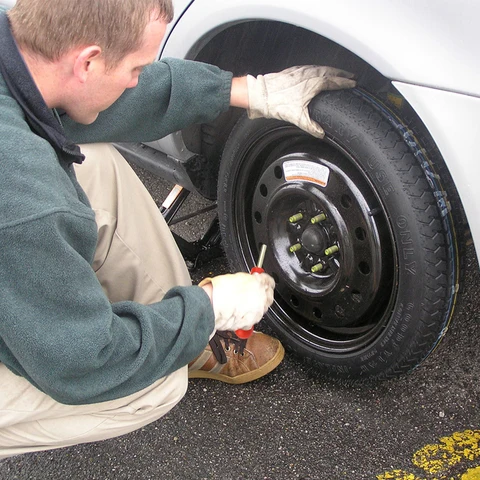 It’ll also be in a low-rent district so that overhead can be kept minimal. Good locations include old auto shops and warehouses that are no longer in use.
It’ll also be in a low-rent district so that overhead can be kept minimal. Good locations include old auto shops and warehouses that are no longer in use.
Business owners that want to reduce equipment costs can look for used equipment that’s in good condition. Purchasing used, high-quality equipment is preferable to getting new, lower-quality tools because high-quality equipment is often more efficient to use. It’ll save time and reduce labor costs associated with installing purchased tires.
When purchasing tires, business owners should get a large, varied selection. The inventory gathered should include many sizes of car, truck, low-profile and high-performance tires. Good places to purchase tires include junkyards, tire shops and retreading centers.
It’s also a good idea to forge a relationship with a wholesale supplier of rims, but rims can be purchased on an as-needed basis.
In total, these expenses may range from a few thousand dollars to tens of thousands.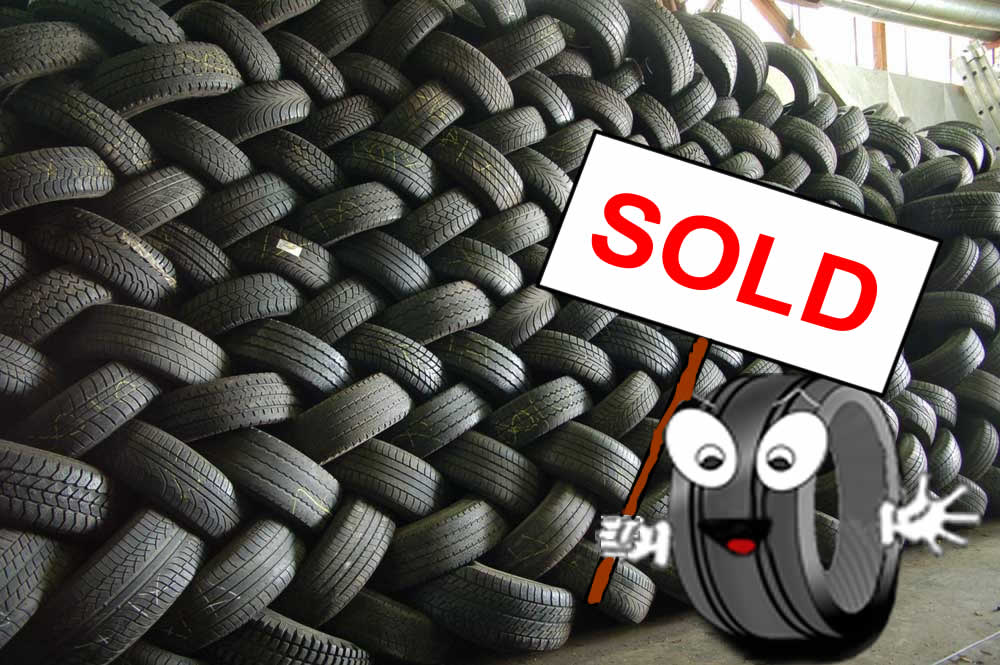 The range depends on how much a space costs, what type of equipment is purchased and how large an inventory a business opens with.
The range depends on how much a space costs, what type of equipment is purchased and how large an inventory a business opens with.
The ongoing expenses for a used tire business are manageable. They include lease payments, utilities, employees’ salaries and inventory expenses.
The target market of a used tire business is anyone who owns a vehicle and wants to save money. All vehicles need tires, and many drivers are willing to consider used tires because they provide an excellent value.
A used tire business makes money by selling used tires to customers. Most tires are sold individually, in pairs of two or in sets of four. Tire Business reports that the average sale at one business, Drakes Tire’s, is a pair. Sales at another business, Rob’s Used Tires, are evenly split between individuals, pairs and sets.
Used tires cost much less than new ones.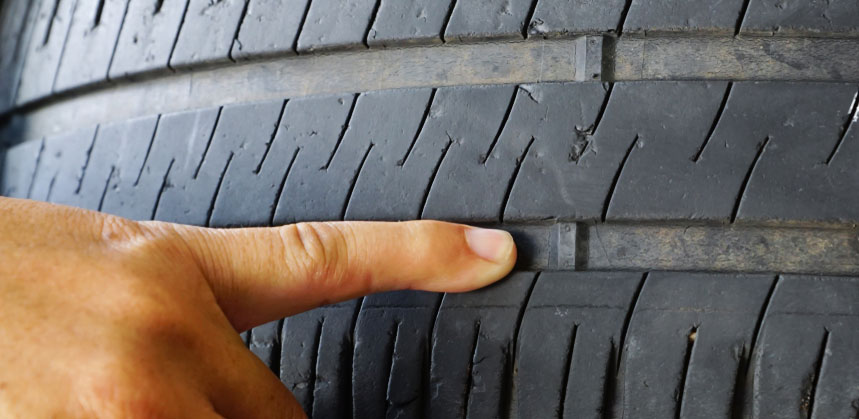 Gently used tires sell for up to half their initial cost, while more worn tires sell for much less.
Gently used tires sell for up to half their initial cost, while more worn tires sell for much less.
Despite these low prices, businesses can still earn a handsome profit. Used tires can be purchased wholesale for very little because other businesses must pay a fee to dispose of old tires if they don’t sell them to a used tire business.
For each tire sold, many businesses charge an additional $15 to $45 to mount and balance the tire.
Because there is such demand for tires, a used tire business can bring a significant profit. For instance, S & S Distributors, LLC moves 10,000 tires each week. Even at a fraction of the cost of new tires, that amounts to a sizable weekly revenue.
A used tire business can increase its profitability by also selling rims and new tires, and by offering tire repair service. Some businesses may get into more significant automotive repairs.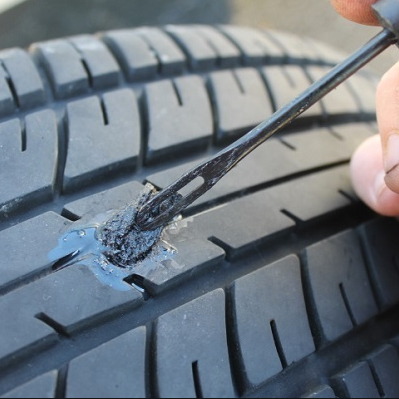
Choosing the right name is important and challenging. If you don’t already have a name in mind, visit our How to Name a Business guide or get help brainstorming a name with our Used Tire Business Name Generator
If you operate a sole proprietorship, you might want to operate under a business name other than your own name. Visit our DBA guide to learn more.
When registering a business name, we recommend researching your business name by checking:
It's very important to secure your domain name before someone else does.
The most common business structure types are the sole proprietorship, partnership, limited liability company (LLC), and corporation.
Establishing a legal business entity such as an LLC or corporation protects you from being held personally liable if your used tire business is sued.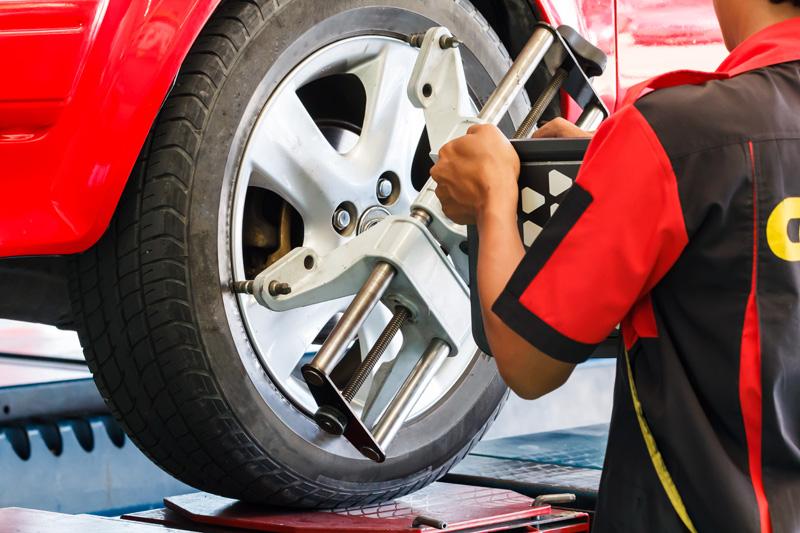
Form Your LLC
Read our Guide to Form Your Own LLC
Select Your StateAlabamaAlaskaArizonaArkansasCaliforniaColoradoConnecticutDelawareDistrict Of ColumbiaFloridaGeorgiaHawaiiIdahoIllinoisIndianaIowaKansasKentuckyLouisianaMaineMarylandMassachusettsMichiganMinnesotaMississippiMissouriMontanaNebraskaNevadaNew HampshireNew JerseyNew MexicoNew YorkNorth CarolinaNorth DakotaOhioOklahomaOregonPennsylvaniaRhode IslandSouth CarolinaSouth DakotaTennesseeTexasUtahVermontVirginiaWashingtonWest VirginiaWisconsinWyomingHave a Professional Service Form your LLC for You
Two such reliable services:
You can form an LLC yourself and pay only the minimal state LLC costs or hire one of the Best LLC Services for a small, additional fee.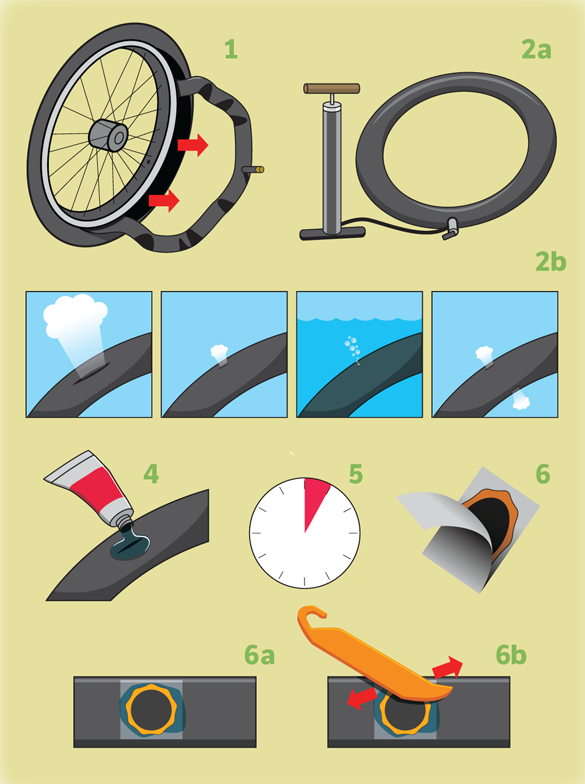
Recommended: You will need to elect a registered agent for your LLC. LLC formation packages usually include a free year of registered agent services. You can choose to hire a registered agent or act as your own.
You will need to register for a variety of state and federal taxes before you can open for business.
In order to register for taxes you will need to apply for an EIN. It's really easy and free!
You can acquire your EIN for free through the IRS website, via fax, or by mail. If you would like to learn more about EINs and how they can benefit your LLC, read our article, What is an EIN?.
Learn how to get an EIN in our What is an EIN guide or find your existing EIN using our EIN lookup guide.
Depending on which business structure you choose, you might have different options for how your business will be taxed. For example, some LLCs could benefit from being taxed as an S corporation (S corp).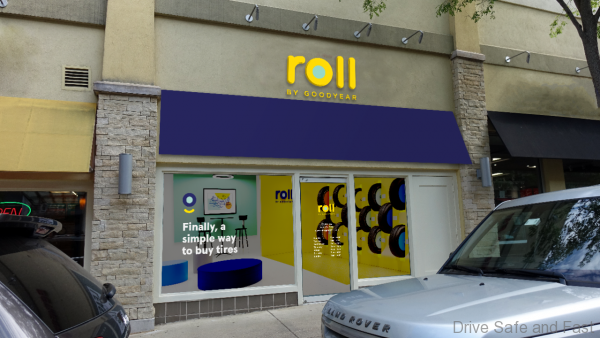
You can learn more about small business taxes in these guides:
There are specific state taxes that might apply to your business. Learn more about state sales tax and franchise taxes in our state sales tax guides.
Using dedicated business banking and credit accounts is essential for personal asset protection.
When your personal and business accounts are mixed, your personal assets (your home, car, and other valuables) are at risk in the event your business is sued. In business law, this is referred to as piercing your corporate veil.
Additionally, learning how to build business credit can help you get credit cards and other financing in your business's name (instead of yours), better interest rates, higher lines of credit, and more.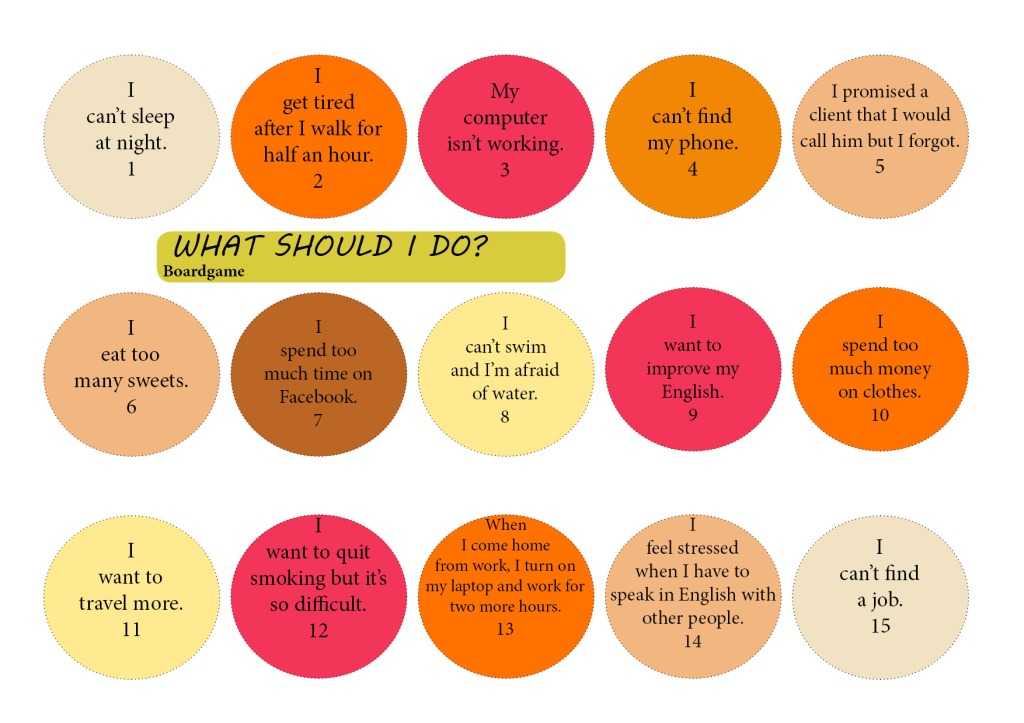
Besides being a requirement when applying for business loans, opening a business bank account:
Recommended: Read our Best Banks for Small Business review to find the best national bank or credit union.
Net 30 accounts are used to establish and build business credit as well as increase business cash flow. With a net 30 account, businesses buy goods and repay the full balance within a 30-day term.
NetMany net 30 credit vendors report to the major business credit bureaus (Dun & Bradstreet, Experian Business, and Equifax Business Credit). This is how businesses build business credit so they can qualify for credit cards and other lines of credit.
Recommended: Read our best net 30 vendors, guide and start building business credit.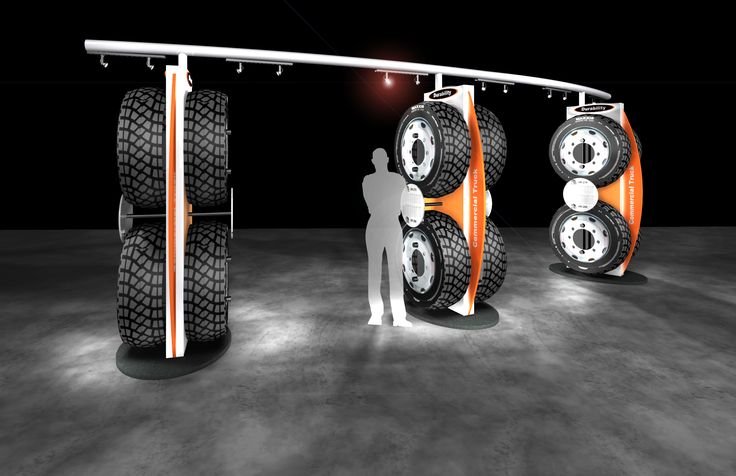
Getting a business credit card helps you:
Recommended: Apply for an easy approval business credit card from Divvy and build your business credit quickly.
Recording your various expenses and sources of income is critical to understanding the financial performance of your business. Keeping accurate and detailed accounts also greatly simplifies your annual tax filing.
Make LLC accounting easy with our LLC Expenses Cheat Sheet.
Failure to acquire necessary permits and licenses can result in hefty fines, or even cause your business to be shut down.
All businesses involved in automotive vehicle maintenance must comply with federal and state-level environmental regulations. A checklist for compliance with federal environmental regulations can be found here.
A checklist for compliance with federal environmental regulations can be found here.
In most states, it is necessary to obtain an appropriate business license. Learn more about licensing requirements in your state by visiting SBA’s reference to state licenses and permits.
Most businesses are required to collect sales tax on the goods or services they provide. To learn more about how sales tax will affect your business, read our article, Sales Tax for Small Businesses.
Used tires businesses may also wish to look into applying for a resale certificate, which allows retailers to purchase goods intended for resale without paying sales tax.
For more information about local licenses and permits:
A used tires shop business is generally run out of a “garage,” a retail location uniquely equipped to store and repair cars.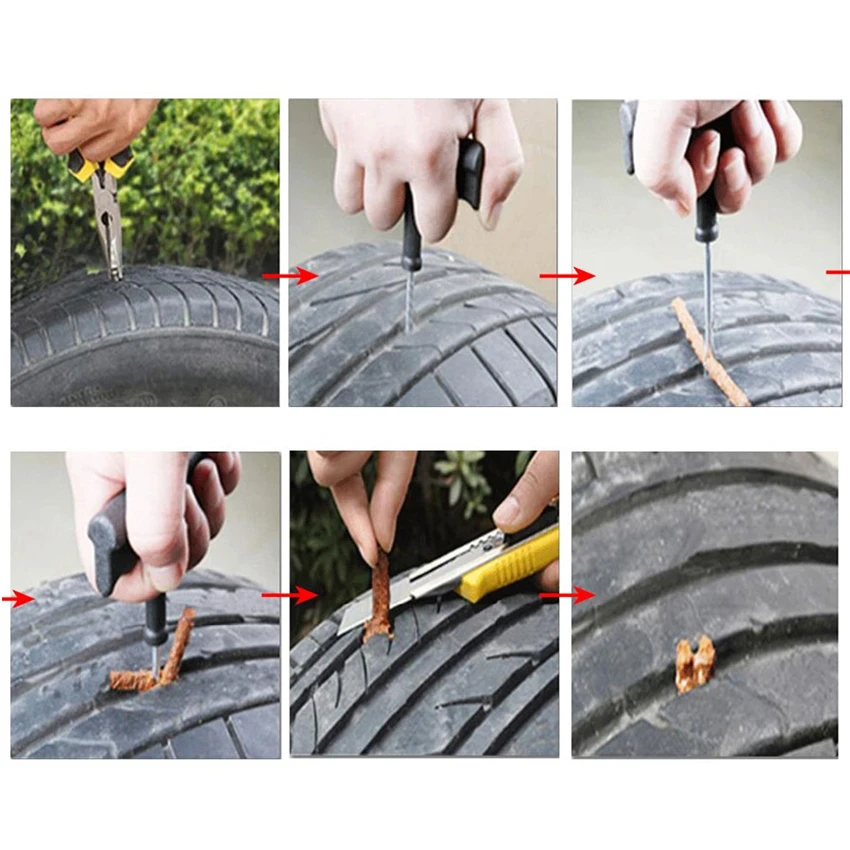 Businesses operating out of a physical location typically require a Certificate of Occupancy (CO). A CO confirms that all building codes, zoning laws and government regulations have been met.
Businesses operating out of a physical location typically require a Certificate of Occupancy (CO). A CO confirms that all building codes, zoning laws and government regulations have been met.
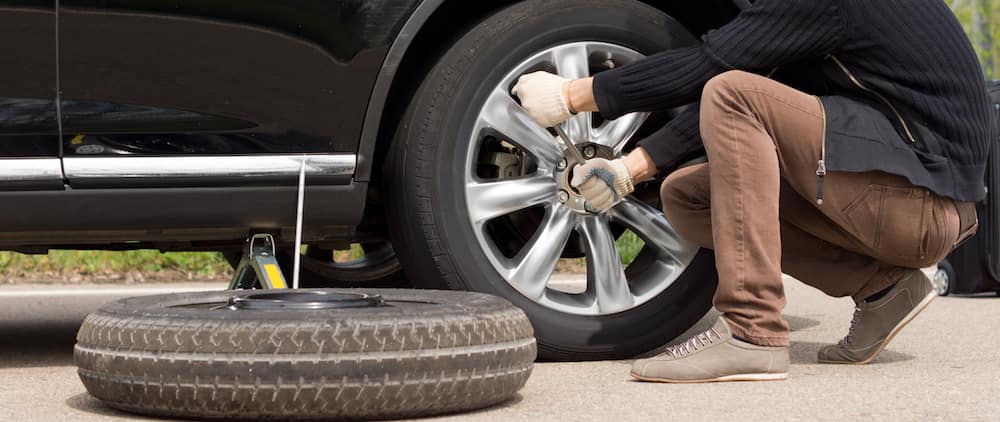
Just as with licenses and permits, your business needs insurance in order to operate safely and lawfully. Business Insurance protects your company’s financial wellbeing in the event of a covered loss.
There are several types of insurance policies created for different types of businesses with different risks. If you’re unsure of the types of risks that your business may face, begin with General Liability Insurance. This is the most common coverage that small businesses need, so it’s a great place to start for your business.
Learn more about General Liability Insurance.
Another notable insurance policy that many businesses need is Workers’ Compensation Insurance. If your business will have employees, it’s a good chance that your state will require you to carry Workers' Compensation Coverage.
Recommended: Learn what business insurance for your Used Tire Business will cost.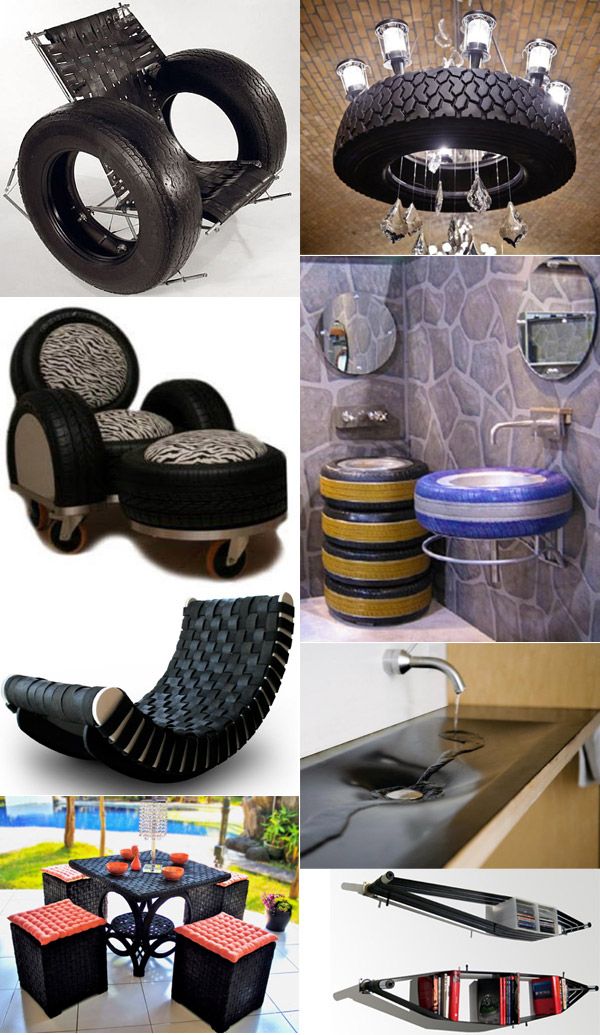
Business Insurance for
Used Tire Business
Your brand is what your company stands for, as well as how your business is perceived by the public. A strong brand will help your business stand out from competitors.
If you aren't feeling confident about designing your small business logo, then check out our Design Guides for Beginners, we'll give you helpful tips and advice for creating the best unique logo for your business.
Recommended: Get a logo using Truic's free logo Generator no email or sign up required, or use a Premium Logo Maker.
If you already have a logo, you can also add it to a QR code with our Free QR Code Generator. Choose from 13 QR code types to create a code for your business cards and publications, or to help spread awareness for your new website.
A used tire business is best marketed through inexpensive marketing tactics that don’t increase how much a business must charge.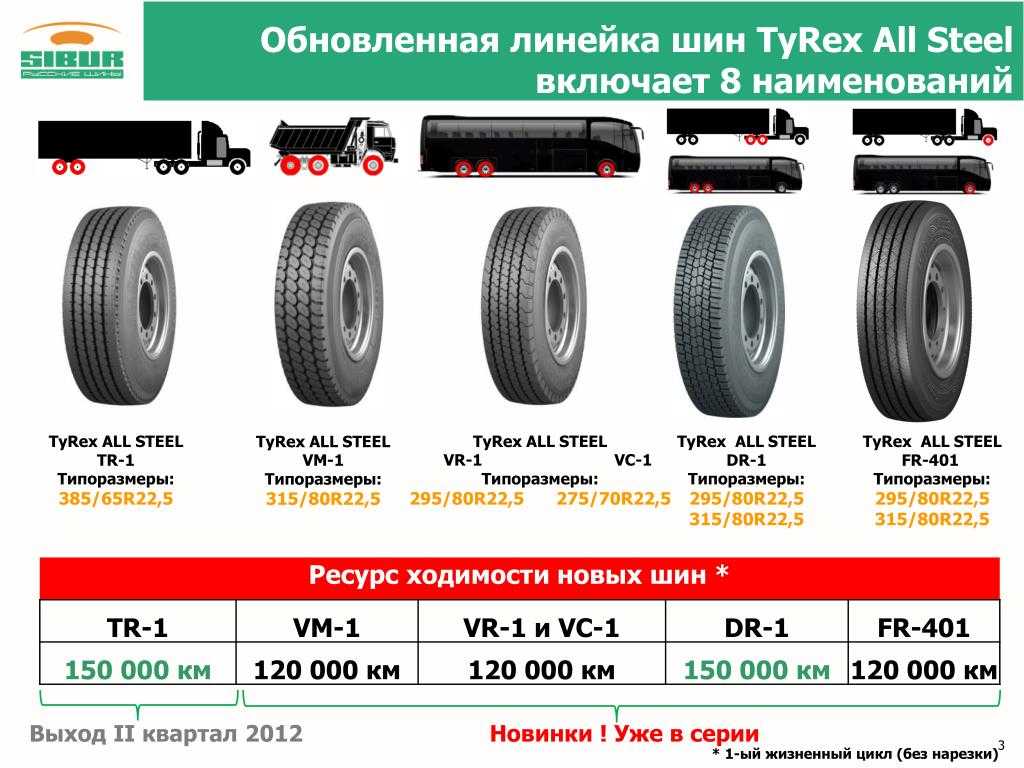 Radio and online ads work well, as do Craigslist postings.
Radio and online ads work well, as do Craigslist postings.
One of the challenges of getting customers is convincing drivers that used tires are a safe alternative to new ones. Businesses can do this by telling customers about their pre-sale tire inspections and offering a warranty. Rob’s Used Tires offers two-, four- and eight-week warranties based on tire grade.
Still unsure about what kind of business you want to start? Check out the latest Small Business Trends to help inspire you.
After defining your brand and creating your logo the next step is to create a website for your business.
While creating a website is an essential step, some may fear that it’s out of their reach because they don’t have any website-building experience. While this may have been a reasonable fear back in 2015, web technology has seen huge advancements in the past few years that makes the lives of small business owners much simpler.![]()
Here are the main reasons why you shouldn’t delay building your website:
Using our website building guides, the process will be simple and painless and shouldn’t take you any longer than 2-3 hours to complete.
Recommended: Get started today using our recommended website builder or check out our review of the Best Website Builders.
Other popular website builders are: WordPress, WIX, Weebly, Squarespace, and Shopify.
Getting a phone set up for your business is one of the best ways to help keep your personal life and business life separate and private. That’s not the only benefit; it also helps you make your business more automated, gives your business legitimacy, and makes it easier for potential customers to find and contact you.
There are many services available to entrepreneurs who want to set up a business phone system. We’ve reviewed the top companies and rated them based on price, features, and ease of use. Check out our review of the Best Business Phone Systems 2023 to find the best phone service for your small business.
Recommended Business Phone Service: Phone.com
Phone.com is our top choice for small business phone numbers because of all the features it offers for small businesses and it's fair pricing.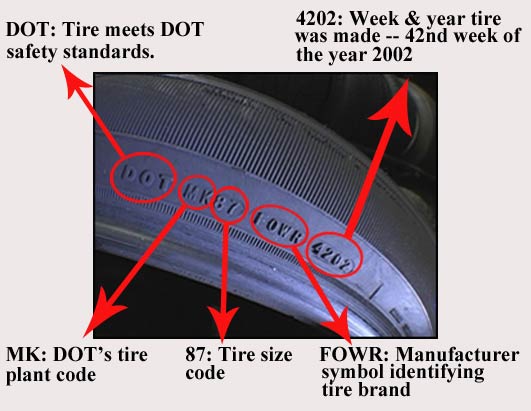
Every vehicle needs tires, and new ones can be expensive.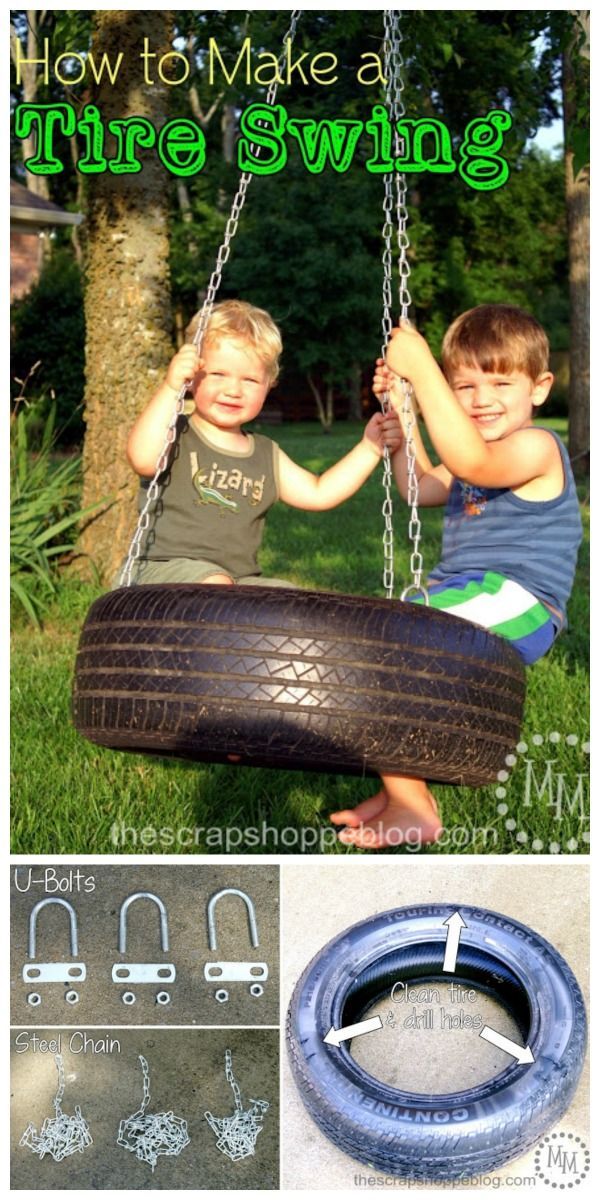 That’s why more and more people are opting to buy used, which cost half as much. You could source from junkyards and tire dealers, start your own used tire business and provide a much-needed product while making good money in a steadily growing $35 billion US industry.
That’s why more and more people are opting to buy used, which cost half as much. You could source from junkyards and tire dealers, start your own used tire business and provide a much-needed product while making good money in a steadily growing $35 billion US industry.
But before you jump into the junkyard to start digging for gold, you’ll need to know how to launch and market your business, and to learn some financial aspects of business as well. Luckily, this step-by-step guide has you covered with all the information you need to launch a successful used tire business.
Starting a used tire business has pros and cons to consider before deciding if it’s right for you.
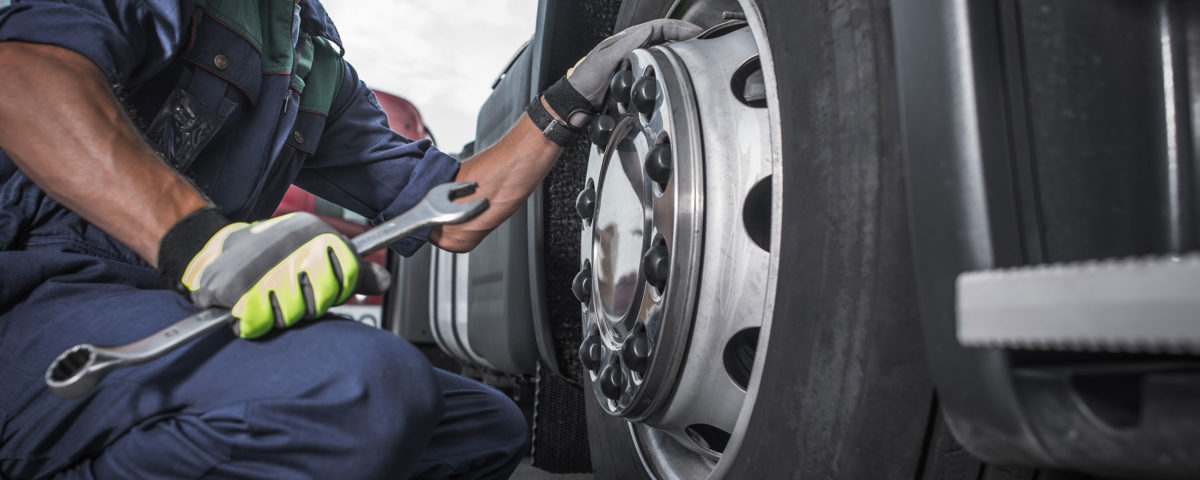 ((https://www.ibisworld.com/united-states/market-research-reports/tire-dealers-industry/))
((https://www.ibisworld.com/united-states/market-research-reports/tire-dealers-industry/)) Trends in the used tire industry include:
Challenges in the used tire industry include:
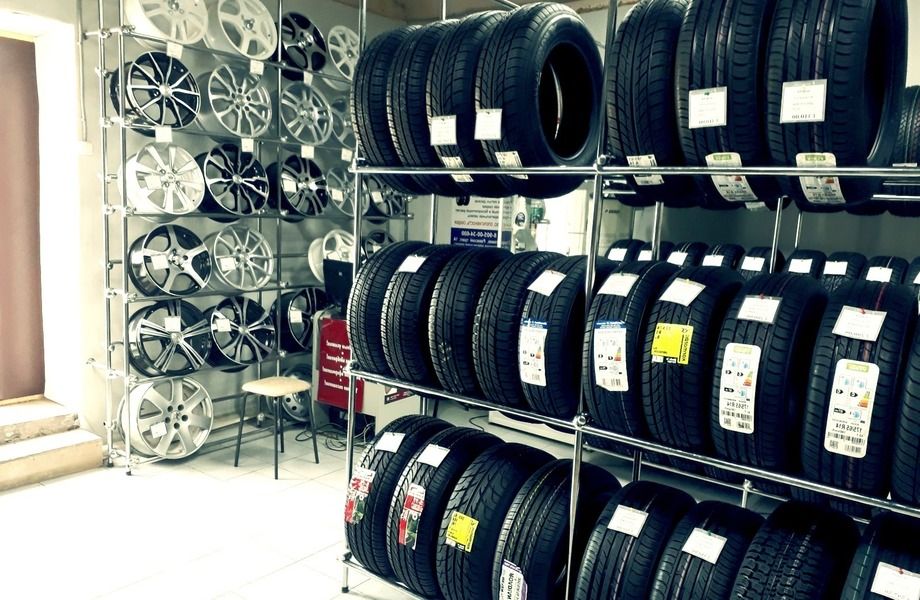
Startup costs for a used tire business range from $50,000 to $100,000 or more. Costs include a garage rental, equipment, inventory, and an operating budget.
You can take online courses and become certified as a tire technician through the Tire Industry Association. Courses are self-study and cost about $1,000 in total.
You’ll need a handful of items to successfully launch your used tire business, including:
| Start-up Costs | Ballpark Range | Average |
|---|---|---|
| Setting up a business name and corporation | $150 - $200 | $175 |
| Business licenses and permits | $100 - $300 | $200 |
| Insurance | $100-$300 | $200 |
| Business cards and brochures | $200 - $300 | $250 |
| Website setup | $1,000 - $3,000 | $2,000 |
| Garage space rental | $3,000 - $5,000 | $4,000 |
| Equipment to change tires | $2,000 - $5,000 | $3,500 |
| Tire inventory | $20,000 - $40,000 | $30,000 |
| Labor budget | $10,000 - $20,000 | $15,000 |
| Operating budget | $15,000 - $30,000 | $22,500 |
| Total | $51,550 - $104,100 | $77,825 |
The average cost of a used tire is about $90 and scrap tires will generally cost much less, especially if you’re able to partner with a junkyard.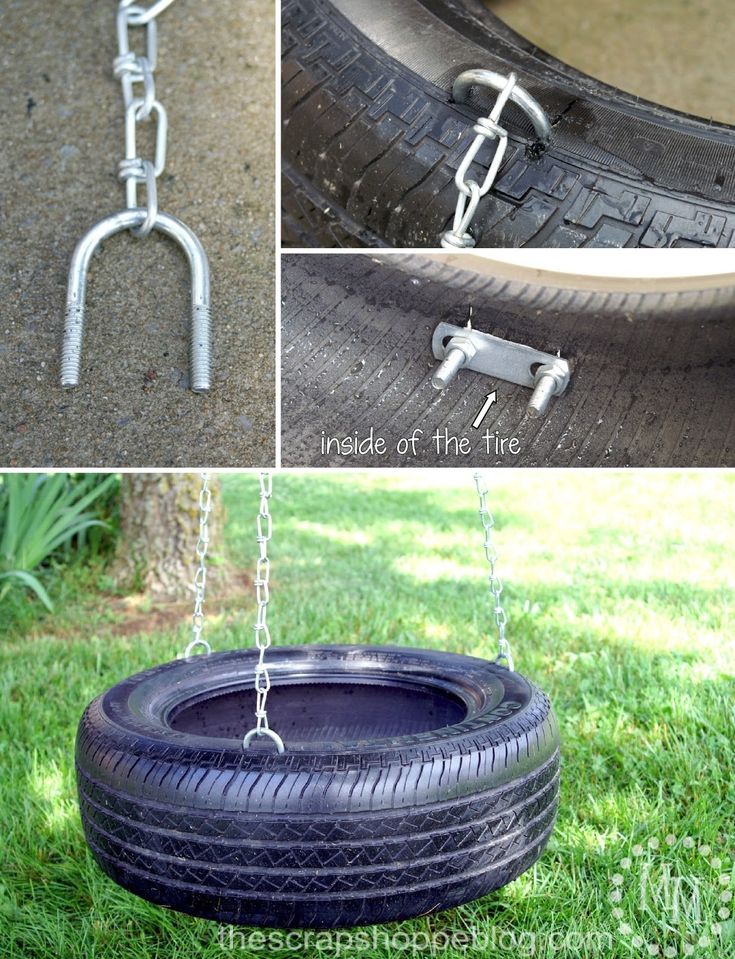 Your profit margin after rent and labor should be about 30%.
Your profit margin after rent and labor should be about 30%.
In your first year or two, you could sell 50 tires a week bringing in $234,000 in annual revenue. This would mean $70,000 in profit, assuming that 30% margin. As your shop gains recognition, sales could climb to 200 tires a week. With annual revenue of $936,000, you’d make an outstanding profit of more than $280,000.
There are a few barriers to entry for a used tire business. Your biggest challenges will be:
If you’re still not sure whether this business idea is the right choice for you, here are some related business opportunities to help you on your path to entrepreneurial success.
Now that you know what’s involved in starting a used tire business, it’s a good idea to hone your concept in preparation to enter a competitive market.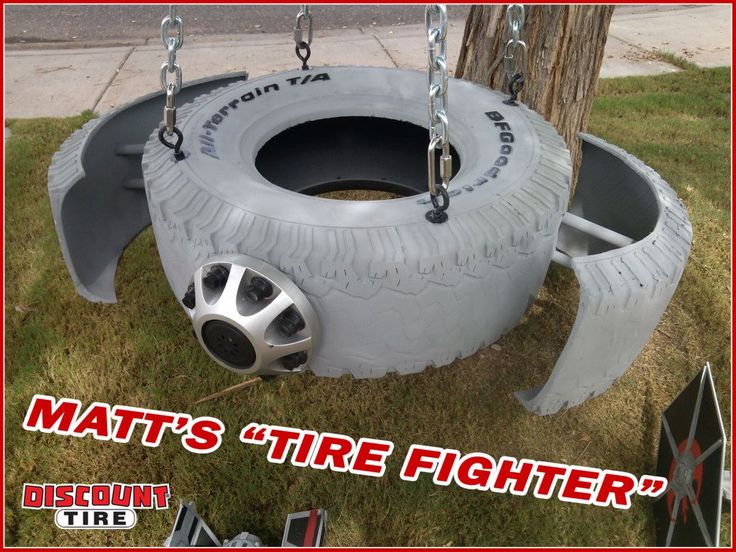
Market research will give you the upper hand, even if you’re already positive that you have a perfect product or service. Conducting market research is important, because it can help you understand your customers better, who your competitors are, and your business landscape.
Research used tire businesses in your area to examine their products/services, price points, and customer reviews. You’re looking for a market gap to fill. For instance, maybe the local market is missing a business that recycles old tires or shredded tires, or a used tire business that also offers automotive repair services.
You might consider targeting a niche market by specializing in a certain aspect of your industry, such as a certain tire brand, or used tires with more than the required tread depth.
This could jumpstart your word-of-mouth marketing and attract clients right away.
If you have the skills, in addition to selling and installing used tires, you could offer automotive repair. You could also sell new tires, tire rims, and other car products.
You could also sell new tires, tire rims, and other car products.
Prices for used tires are generally about 50% of their original cost. After all your costs, you should aim for a profit margin of about 30%.
Once you know your costs, you can use this Step By Step profit margin calculator to determine your mark-up and final price points. Remember, the prices you use at launch should be subject to change if warranted by the market.
Your target market will be broad, so you should spread out your marketing to TikTok, Instagram, Facebook, and even LinkedIn.
You’ll need to rent out a shop and garage space. You can find commercial space to rent in your area on sites such as Craigslist, Crexi, and Instant Offices.
When choosing a commercial space, you may want to follow these rules of thumb:
Your business name is your business identity, so choose one that encapsulates your objectives, services, and mission in just a few words.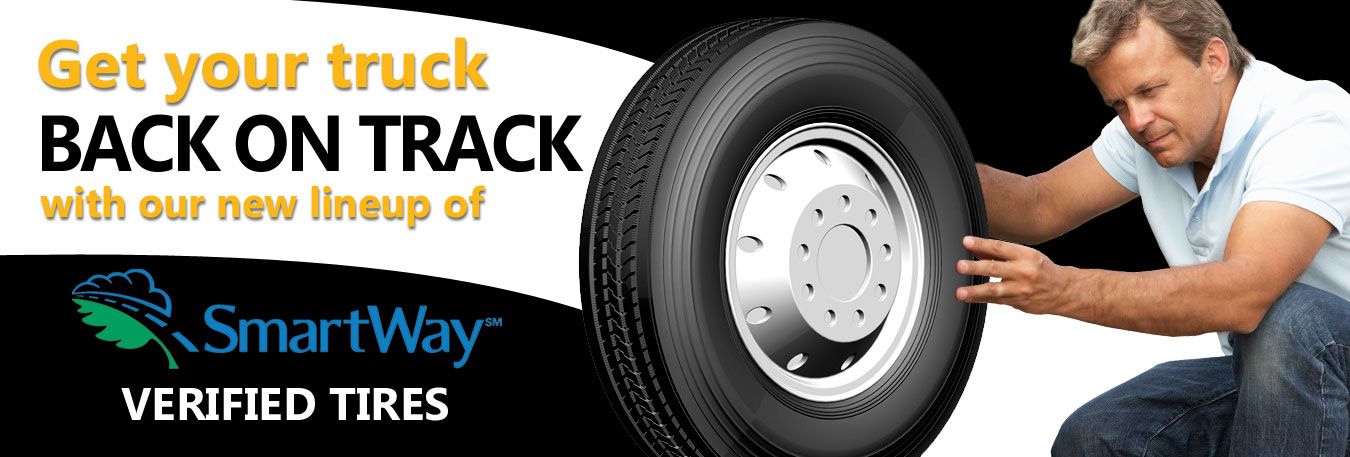 You probably want a name that’s short and easy to remember, since much of your business, and your initial business in particular, will come from word-of-mouth referrals.
You probably want a name that’s short and easy to remember, since much of your business, and your initial business in particular, will come from word-of-mouth referrals.
Here are some ideas for brainstorming your business name:
Once you’ve got a list of potential names, visit the website of the US Patent and Trademark Office to make sure they are available for registration and check the availability of related domain names using our Domain Name Search tool. Using “.com” or “.org” sharply increases credibility, so it’s best to focus on these.
Using “.com” or “.org” sharply increases credibility, so it’s best to focus on these.
Find a Domain
Search
Powered by GoDaddy.com
Finally, make your choice among the names that pass this screening and go ahead with domain registration and social media account creation. Your business name is one of the key differentiators that sets your business apart. Once you pick your company name, and start with the branding, it is hard to change the business name. Therefore, it’s important to carefully consider your choice before you start a business entity.
Every business needs a plan. This will function as a guidebook to take your startup through the launch process and maintain focus on your key goals. A business plan also enables potential partners and investors to better understand your company and its vision:

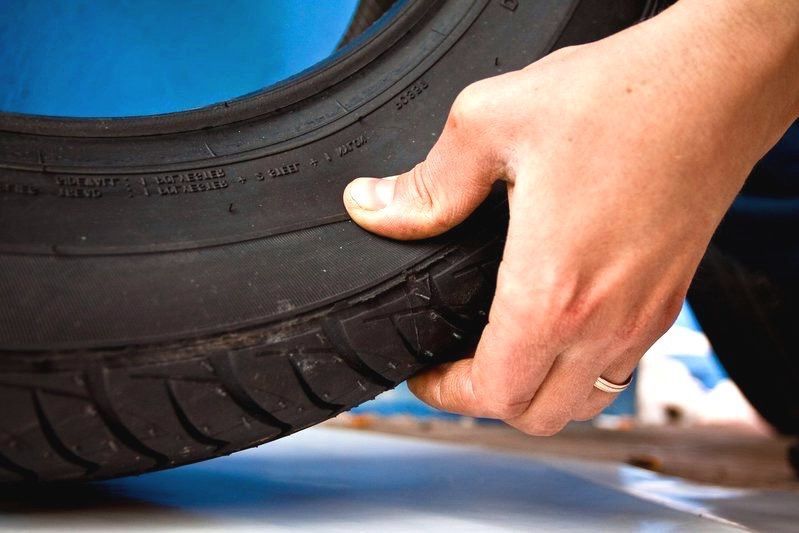
If you’ve never created a business plan, it can be an intimidating task. You might consider hiring a business plan specialist to create a top-notch business plan for you.
Save up to 40% using LivePlan business plan software!
Registering your business is an absolutely crucial step — it’s the prerequisite to paying taxes, raising capital, opening a bank account, and other guideposts on the road to getting a business up and running.
Plus, registration is exciting because it makes the entire process official. Once it’s complete, you’ll have your own business!
Your business location is important because it can affect taxes, legal requirements, and revenue. Most people will register their business in the state where they live, but if you’re planning to expand, you might consider looking elsewhere, as some states could offer real advantages when it comes to used tire businesses.
Most people will register their business in the state where they live, but if you’re planning to expand, you might consider looking elsewhere, as some states could offer real advantages when it comes to used tire businesses.
If you’re willing to move, you could really maximize your business! Keep in mind, it’s relatively easy to transfer your business to another state.
Business entities come in several varieties, each with its pros and cons. The legal structure you choose for your used tire business will shape your taxes, personal liability, and business registration requirements, so choose wisely.
Here are the main options:

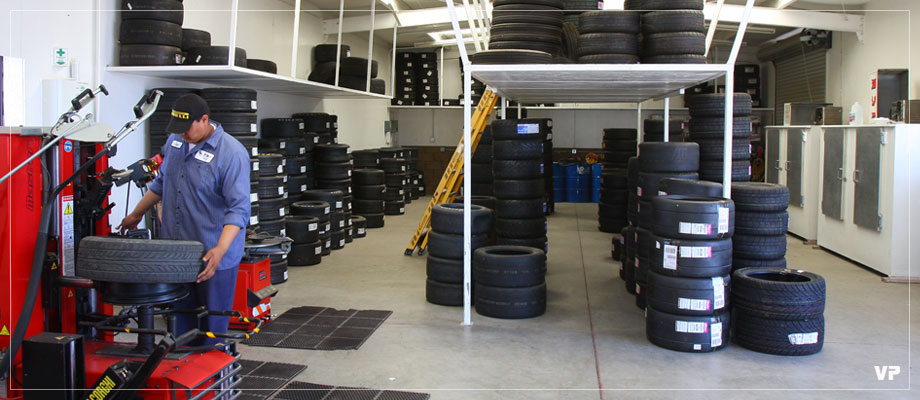 In an S-Corp, income is passed through directly to shareholders, who pay taxes on their share of business income on their personal tax returns.
In an S-Corp, income is passed through directly to shareholders, who pay taxes on their share of business income on their personal tax returns.We recommend that new business owners choose LLC as it offers liability protection and pass-through taxation while being simpler to form than a corporation. You can form an LLC in as little as five minutes using an online LLC formation service. They will check that your business name is available before filing, submit your articles of organization, and answer any questions you might have.
Choose Your State
AlabamaAlaskaArizonaArkansasCaliforniaColoradoConnecticutDelawareFloridaGeorgiaHawaiiIdahoIllinoisIndianaIowaKansasKentuckyLouisianaMaineMarylandMassachusettsMichiganMinnesotaMississippiMissouriMontanaNebraskaNevadaNew HampshireNew JerseyNew MexicoNew YorkNorth CarolinaNorth DakotaOhioOklahomaOregonPennsylvaniaRhode IslandSouth CarolinaSouth DakotaTennesseeTexasUtahVermontVirginiaWashingtonWest VirginiaWisconsinWyoming
Search
We recommend ZenBusiness as the Best LLC Service for 2023
starts at $0, plus state fees
4. 7/5
7/5
starts at $0, plus state fees
Visit ZenBusiness
The final step before you’re able to pay taxes is getting an Employer Identification Number, or EIN. You can file for your EIN online or by mail or fax: visit the IRS website to learn more. Keep in mind, if you’ve chosen to be a sole proprietorship you can simply use your social security number as your EIN.
Once you have your EIN, you’ll need to choose your tax year. Financially speaking, your business will operate in a calendar year (January–December) or a fiscal year, a 12-month period that can start in any month. This will determine your tax cycle, while your business structure will determine which taxes you’ll pay.
The IRS website also offers a tax-payers checklist, and taxes can be filed online.
It is important to consult an accountant or other professional to help you with your taxes to ensure you’re completing them correctly.
Securing financing is your next step and there are plenty of ways to raise capital:
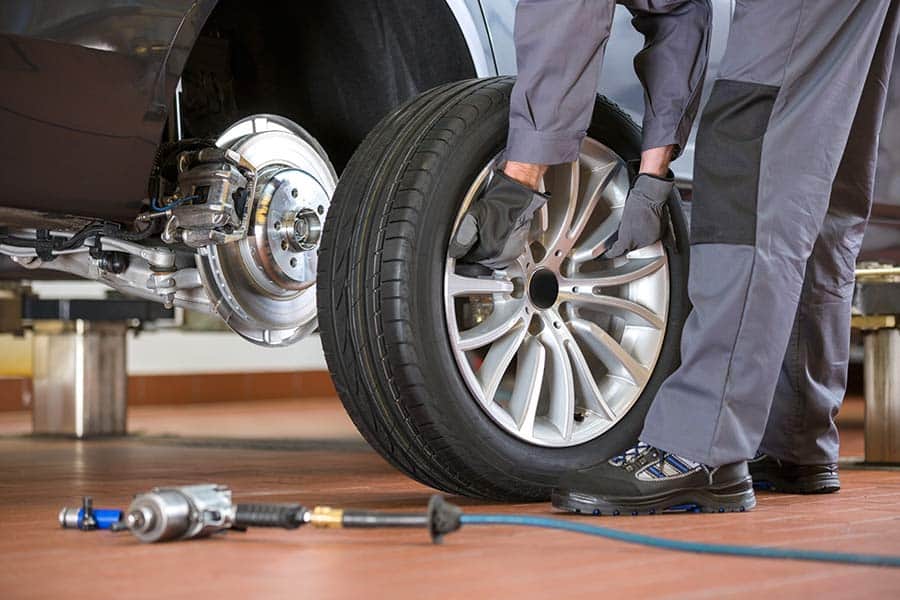
Bank and SBA loans are probably the best option, other than friends and family, for funding a used tire business.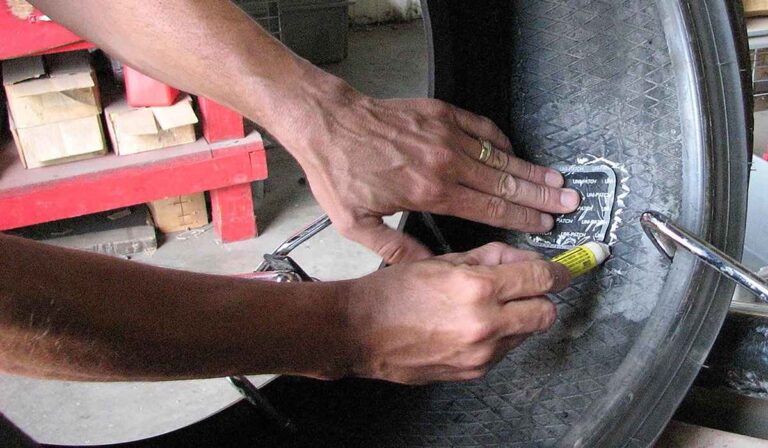
Starting a used tire business requires obtaining a number of licenses and permits from local, state, and federal governments.
Most states have tread depth requirements as well as condition requirements for used tires. Check with your state to make sure the tires you sell are in compliance.
Federal regulations, licenses, and permits associated with starting your business include doing business as (DBA), health licenses and permits from the Occupational Safety and Health Administration (OSHA), trademarks, copyrights, patents, and other intellectual properties, as well as industry-specific licenses and permits.
You may also need state-level and local county or city-based licenses and permits. The license requirements and how to obtain them vary, so check the websites of your state, city, and county governments or contact the appropriate person to learn more.
You could also check this SBA guide for your state’s requirements, but we recommend using MyCorporation’s Business License Compliance Package.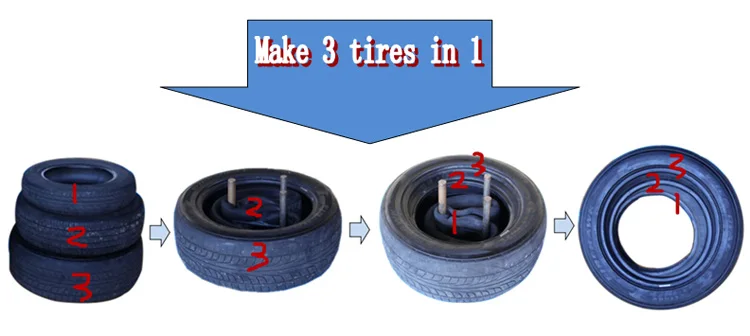 They will research the exact forms you need for your business and state and provide them to ensure you’re fully compliant.
They will research the exact forms you need for your business and state and provide them to ensure you’re fully compliant.
This is not a step to be taken lightly, as failing to comply with legal requirements can result in hefty penalties.
If you feel overwhelmed by this step or don’t know how to begin, it might be a good idea to hire a professional to help you check all the legal boxes.
Before you start making money, you’ll need a place to keep it, and that requires opening a bank account.
Keeping your business finances separate from your personal account makes it easy to file taxes and track your company’s income, so it’s worth doing even if you’re running your used tire business as a sole proprietorship. Opening a business bank account is quite simple, and similar to opening a personal one. Most major banks offer accounts tailored for businesses — just inquire at your preferred bank to learn about their rates and features.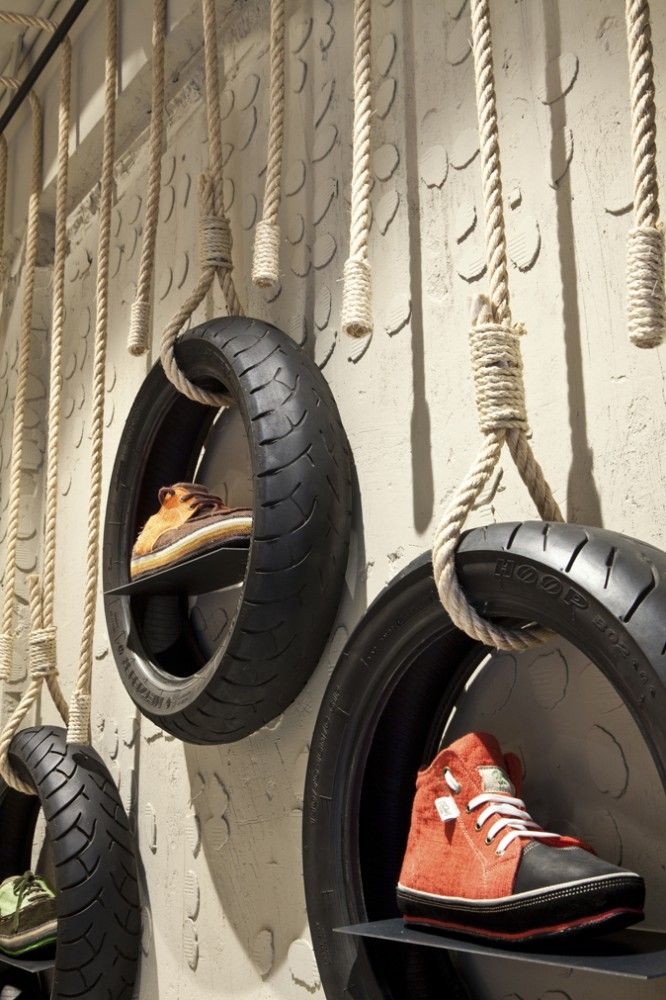
Banks vary in terms of offerings, so it’s a good idea to examine your options and select the best plan for you. Once you choose your bank, bring in your EIN (or Social Security Number if you decide on a sole proprietorship), articles of incorporation, and other legal documents and open your new account.
Business insurance is an area that often gets overlooked yet it can be vital to your success as an entrepreneur. Insurance protects you from unexpected events that can have a devastating impact on your business.
Here are some types of insurance to consider:
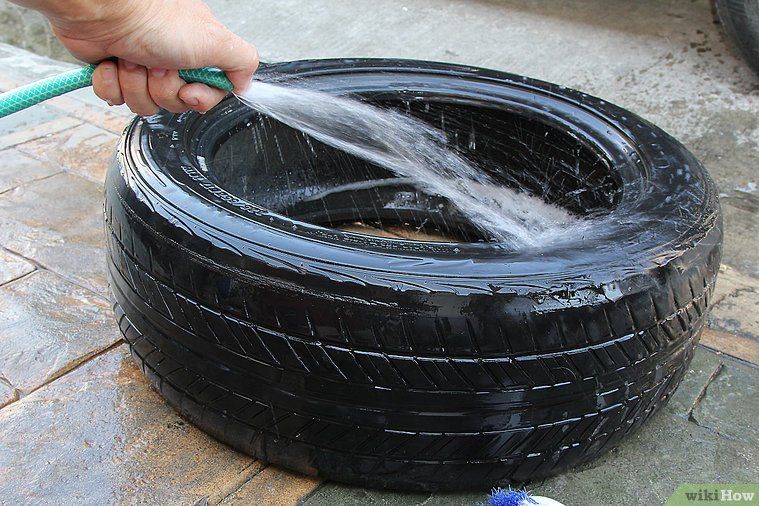
As opening day nears, prepare for launch by reviewing and improving some key elements of your business.
Being an entrepreneur often means wearing many hats, from marketing to sales to accounting, which can be overwhelming. Fortunately, many websites and digital tools are available to help simplify many business tasks.
You may want to use industry-specific software, such as Shopmonkey, ARI, or Mitchell1, to manage your scheduling, inventory, workflows, and invoicing.
Website development is crucial because your site is your online presence and needs to convince prospective clients of your expertise and professionalism.
You can create your own website using services like WordPress, Wix, or Squarespace. This route is very affordable, but figuring out how to build a website can be time-consuming. If you lack tech-savvy, you can hire a web designer or developer to create a custom website for your business.
They are unlikely to find your website, however, unless you follow Search Engine Optimization (SEO) practices.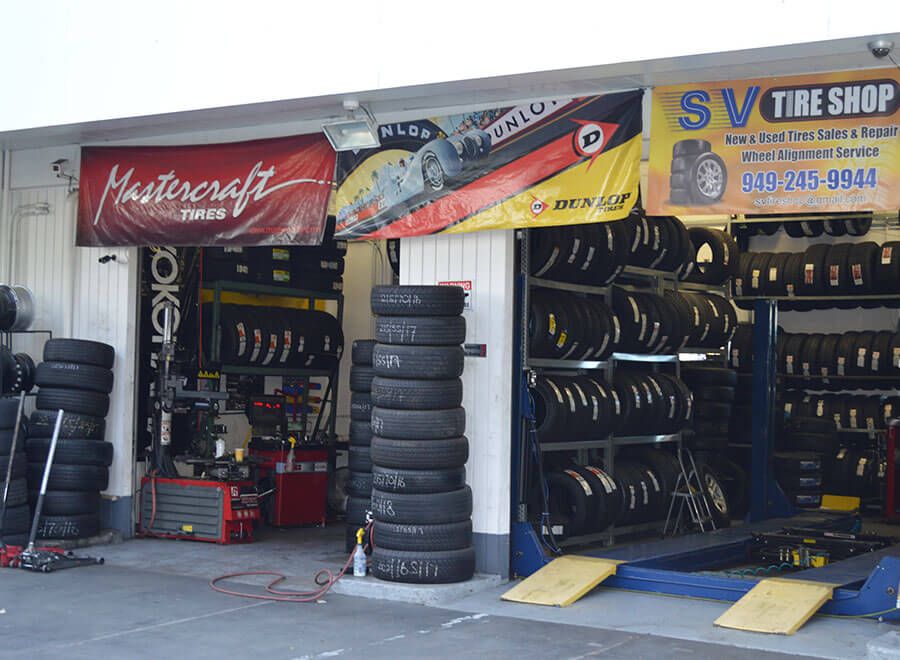 These are steps that help pages rank higher in the results of top search engines like Google.
These are steps that help pages rank higher in the results of top search engines like Google.
Some of your business will come from the casual passerby or online visitors, but you should still invest in digital marketing! Getting the word out is especially important for new businesses, as it’ll boost customer and brand awareness.
Once your website is up and running, link it to your social media accounts and vice versa. Social media is a great tool for promoting your business because you can create engaging posts that advertise your products:
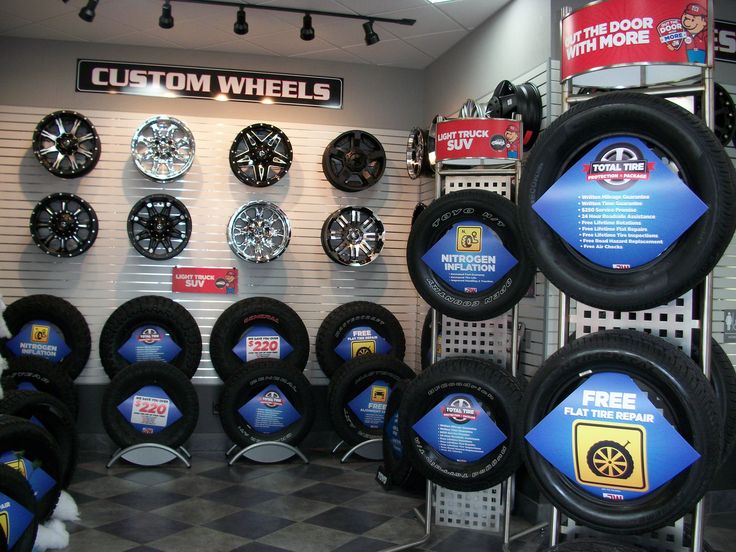 Experiment with text, color, size, and position of calls to action such as “Schedule Now.” This can sharply increase purchases.
Experiment with text, color, size, and position of calls to action such as “Schedule Now.” This can sharply increase purchases. Take advantage of your website, social media presence, and real-life activities to increase awareness of your offerings and build your brand. Some suggestions include:

Unique selling propositions, or USPs, are the characteristics of a product or service that set it apart from the competition. Customers today are inundated with buying options, so you’ll have a real advantage if they are able to quickly grasp how your used tire business meets their needs or wishes. It’s wise to do all you can to ensure your USPs stand out on your website and in your marketing and promotional materials, stimulating buyer desire.
Global pizza chain Domino’s is renowned for its USP: “Hot pizza in 30 minutes or less, guaranteed.” Signature USPs for your used tire business could be:
You may not like to network or use personal connections for business gain. But your personal and professional networks likely offer considerable untapped business potential. Maybe that Facebook friend you met in college is now running a used tire business, or a LinkedIn contact of yours is connected to dozens of potential clients. Maybe your cousin or neighbor has been working in used tires for years and can offer invaluable insight and industry connections.
But your personal and professional networks likely offer considerable untapped business potential. Maybe that Facebook friend you met in college is now running a used tire business, or a LinkedIn contact of yours is connected to dozens of potential clients. Maybe your cousin or neighbor has been working in used tires for years and can offer invaluable insight and industry connections.
The possibilities are endless, so it’s a good idea to review your personal and professional networks and reach out to those with possible links to or interest in used tires. You’ll probably generate new customers or find companies with which you could establish a partnership.
If you’re starting out small from a home office, you may not need any employees. But as your business grows, you will likely need workers to fill various roles. Potential positions for a used tire business include:
At some point, you may need to hire all of these positions or simply a few, depending on the size and needs of your business. You might also hire multiple workers for a single role or a single worker for multiple roles, again depending on need.
You might also hire multiple workers for a single role or a single worker for multiple roles, again depending on need.
Free-of-charge methods to recruit employees include posting ads on popular platforms such as LinkedIn, Facebook, or Jobs.com. You might also consider a premium recruitment option, such as advertising on Indeed, Glassdoor, or ZipRecruiter. Further, if you have the resources, you could consider hiring a recruitment agency to help you find talent.
Used tires are big business, with the industry worth $35 billion and expected to continue to grow in the next decade. By opening your own used tire business, you could make quite a good living. You can easily learn to be a tire technician, and with a bit of an investment, you could build a great company. It will take hard work, and a passion to serve your customers, but you can be very successful while providing a valuable service at the same time.
You’ve got the business part down now, so it’s time to get your lucrative used tire business up and running!
How profitable is a used tire business?
They may not sound like much, but there’s good money in used tires.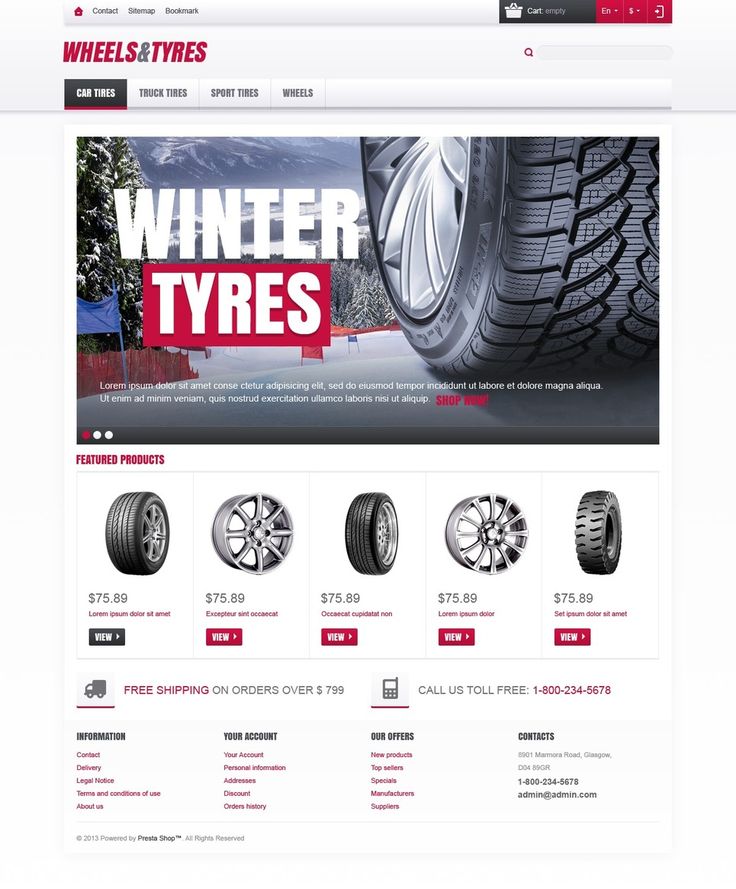 You can buy as scrap and sell for a healthy markup. You just need to be dedicated to providing customers with real value and service, and you can be successful.
You can buy as scrap and sell for a healthy markup. You just need to be dedicated to providing customers with real value and service, and you can be successful.
How much should I charge for used tires?
Generally, used tires sell for about 50% of their original price. Prices will, of course, depend on the condition of the tires. You should also check used tire prices in your area to make sure you’re competitive.
On November 1, 2020, the mandatory marking of wheel tires and car tires began. We tell you how to work further, what equipment needs to be prepared, what to do with the leftovers, and how much violations cost.
No time to sort things out? Let's help!
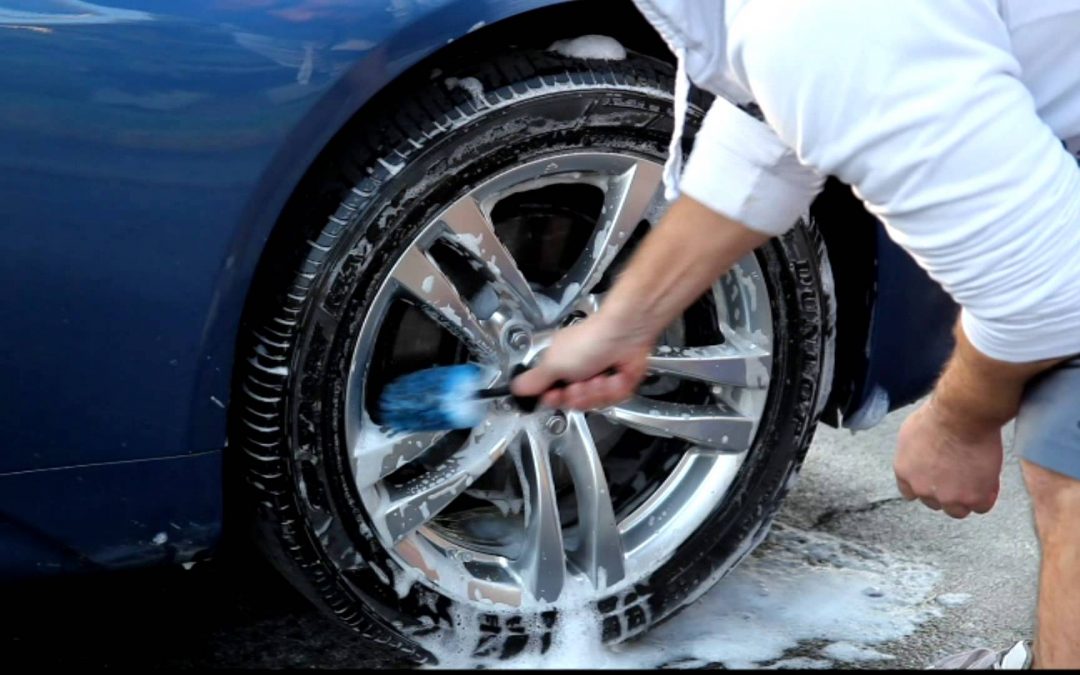
New pneumatic tires and tyres:
Specific OKPD 2 and TN VED EAEU codes are shown in the table.
| Product | OKPD 2 | TN FEE EAEU |
|---|---|---|
| Tires and cars for cars new | 22.11.11 | 4011 10 000 9 |
| pneumatic for Motokolov, pneumatic tires for Motokolov scooters, mopeds and ATVs | 22.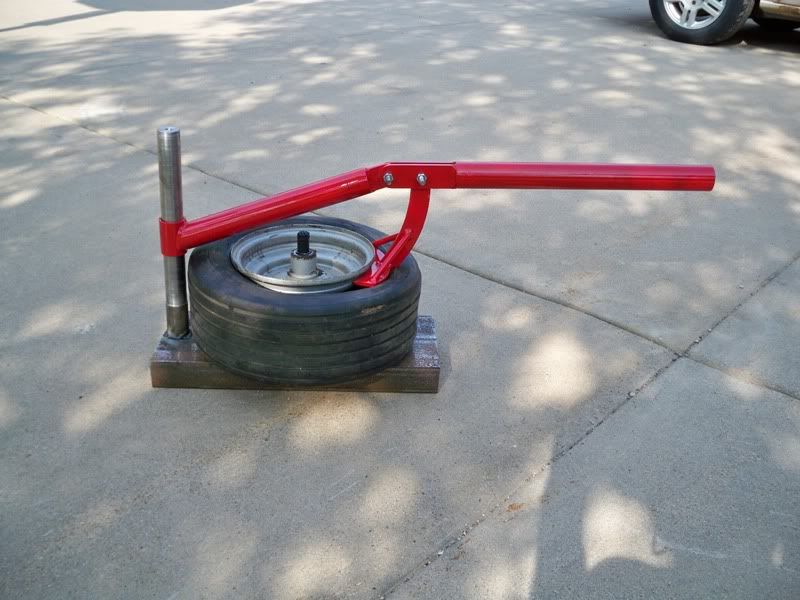 11.12.110 11.12.110 | 4011 40 000 0 |
| New tires and tires for buses, trolleybuses and trucks | 22.1110053 | 4011 20 100 0 4011 20 900 0 |
| Pneumatic tires for agricultural machinery; Pneumatic tires and tires Other new | 11/22/14 | 4011 70 000 0 4011 80 000 0 |
| Tires Rubber Continuing or semi -playing | 22.11.11.11.11.11.11.11.11.11.11.11.11.11.11.11.11.11.11.11.11.11LETA Register in the marking system. 2. Learn how to label products (for production and import): connect to labeling, purchase label printing equipment. 3. Learn to accept marked tires: connect to EDI and marking, purchase equipment for brand scanning. 4. Learn how to sell marked tires:
Turnkey marking Your browser is outdated, there may be problems with the site Your browser does not contain the latest updates required for the correct operation of the portal. We strongly recommend that you switch to Yandex Browser By using the official website sbis.ru, you agree to work with cookies, Yandex.Metrica, Google Analytics to collect technical data. More business idea, how to open, investments, equipment, what you need to open + real casesLet's dress up with taste Automotive business is a profitable and promising project. Even if you don't have the funds to start an entire automotive industry, you can still make money selling accessories like tires and rims. During the operation of the car, the tires wear out, and the car regularly needs to be “changed shoes” into winter or summer tires.
First stepsBefore starting work, we officially register the company with the tax service. The entrepreneur chooses the format of the company - work as an individual entrepreneur or as an LLC. You do not need a license to sell tires. In general, the registration will take from 1 to 2 months. The tire shop is located in a place accessible to customers, namely where most cars pass. It can be the center of the city, and a busy bypass. By hanging a large, attractive sign, you will make your project visible to potential car enthusiast customers. Don't forget to organize parking so that customers can park their cars. The area of the store is chosen taking into account the assortment of goods - it is important that wheels and tires clearly show off in the room. SuppliersStorage needs to be addressed to keep the salon running smoothly. Additional storage space required. A solution to the issue with a warehouse is the sale of tires from the supplier's warehouse, then the size of the room can be limited. The automotive accessories market is highly competitive, so you should have a distinct advantage over similar companies. Convenient payment system, discounts, cashless or installment trading, fast delivery - the options are thought out to the smallest detail. Contracts with suppliers will ensure stable operation of the store. In the process of trading, decide on the popular brands of tires. In the showroom, place goods of different price categories that will satisfy the needs of all segments of the population. PersonnelThe store will require a small staff of workers without special education. It is better to give preference to men with work experience who understand the brands and quality of rubber, accessories and other automotive “wisdom”. The store will require:
If you plan to provide tire installation and repair services, you will need a separate room. It must be fully equipped to provide this service. If the salon will not provide tire fitting services, when opening a point, a place is selected near the tire fitting workshop. You can enter into an affiliate program with her. The online store of the salon will provide good advertising and increase the flow of customers. To make your Internet project stand out from the competition, you need a catchy slogan, a catchy name and a wide range of products. A special program for the site is popular - visualization of the installation of new disks on a car. It will help customers make their choice and see online how the car will look with new accessories. As a result Opening a shop selling tires and wheels for cars is a profitable project, but there are many competitors in this niche today. To increase the popularity of the salon, offer customers new products, work to order, and distribute information about discounts and promotions. An excellent option for earning money if you have your own warehouse will be seasonal storage of rubber, because many residents of big cities today do not have a garage or a large balcony in their apartment. |